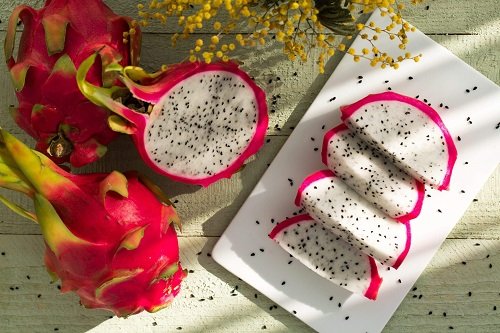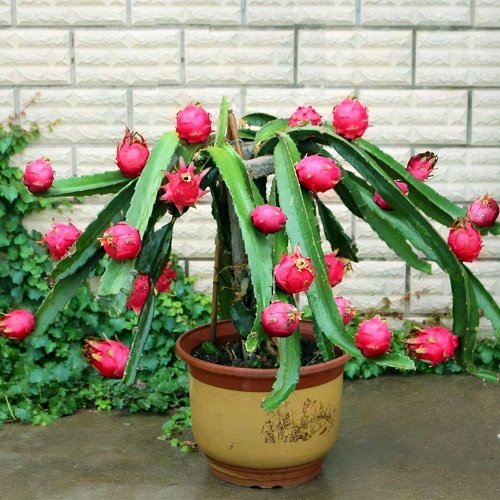1. Aloe
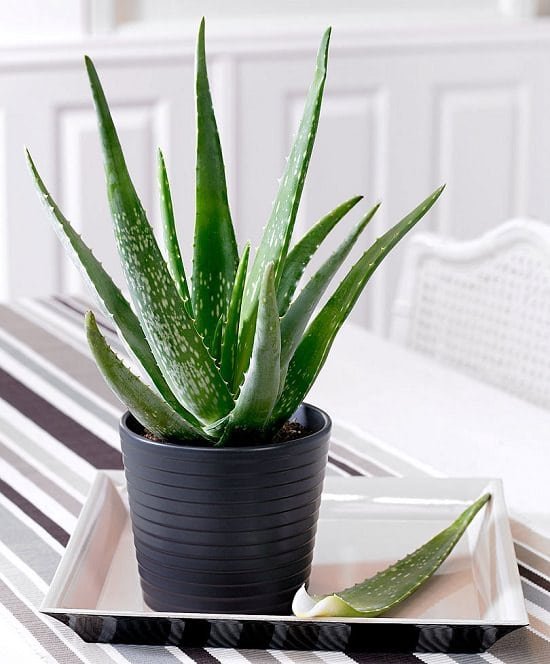
USDA Zones: 8-11
One with several benefits, Aloe Vera is noted for its uses in the cosmetic industry. Also, the plant is rich in antioxidants and an excellent source of Vitamin C. Aloe barbadensis Miller counts as one of the best edible succulents.
How to Grow: Provide a warm and dry environment with maximum drainage and air circulation. Learn to grow it from pups here.
How to Eat: Remove the outer peel to get its gel. Wash out the latex thoroughly. Blend it to consume as your morning detox drink, or add it to smoothies.
Health Benefits:
- Balances gastric pH
- Promotes normal bowel movement
- Takes care of liver function
- Hydrates the body
Find the Tips for Making Aloe Leaves Plumper here
2. Prickly Pear Cactus


USDA Zones: 8-11
The prickly pear cactus is an ornamental plant known for its juicy-edible fruits. It flaunts whimsical pads interspersed among bright, showy flowers.
How to Grow: Check out our prickly pear growing guide here to learn more.
How to Eat: Peel and savor the fleshy fruit inside. Grill the flesh or eat it raw.
Health Benefits:
- It contains vitamin C and beta-carotene that prevent inflammation and boost vision.
- Contains micronutrients that empower the digestive function
- Protects against blood conditions and heart ailments
3. Sedum
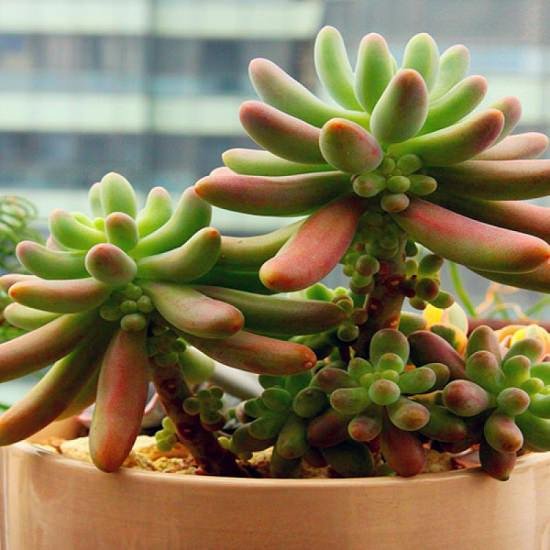
USDA Zones: 3-11
The ever-forgiving sedum thrives best in neglect. It grows vigorously, and its vibrant, water-storing leaves take little to last, making this plant a rewarding choice for busy plant growers.
The best part is all the sedum species are edible, but the yellow flowering sedums must not be eaten raw without cooking.
How to Grow: The amount of sunlight depends on the variety. Don’t fertilize or water frequently; less is more!
How to Eat: Eat them raw in salads, stir-fries, or soups. Eating sedum in large quantities may cause stomach upset, so consume it in moderation.
Health Benefits:
- Lowers blood pressure and cholesterol
- Reduces coughing
- Kills digestive germs
- Has potent laxative properties
Find out the Most Popular Sedum Varieties here
4. Saguaro Cactus
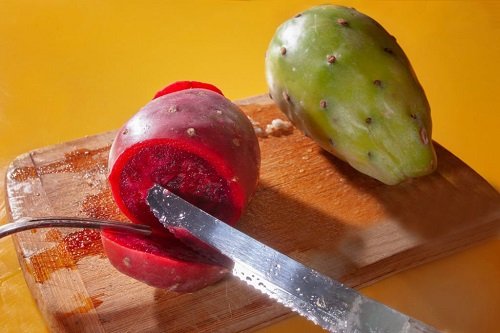

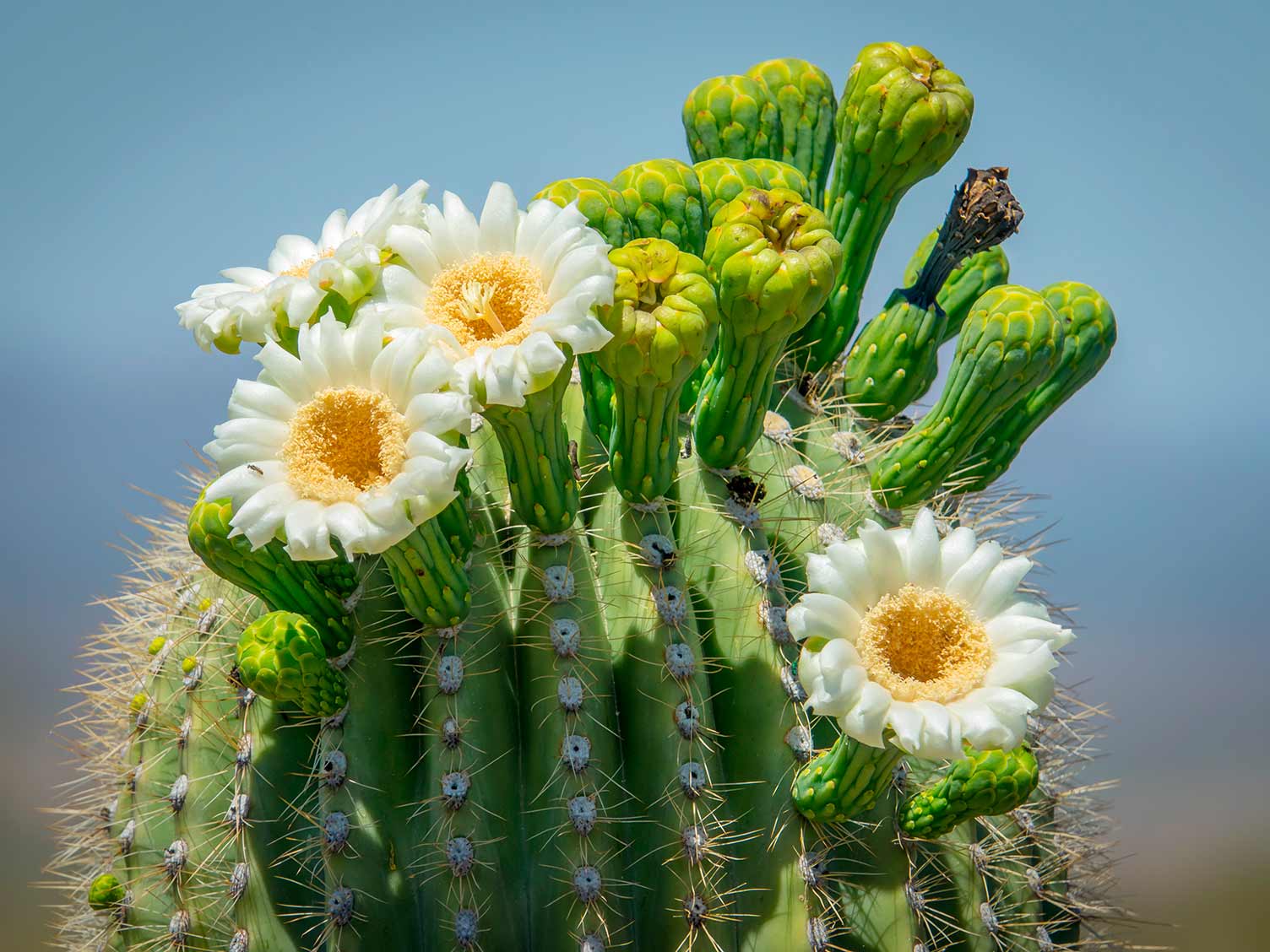
vancouverlivingart
USDA Zones: 8-11
Saguaro is a tree-like cactus; its beautiful nocturnal white blossoms are the state flowers of Arizona. Not just for the flowers, it is noted for its rare red spiny fruits that are edible and sweet.
How to Grow: Saguaros are slow-growing cacti, and you may not be able to grow them for fruits. Check out this article to learn more.
How to eat: Add the juicy fruit to dips or bake them as biscuit fillings. Grill the cactus meat and use it as hot dog fillings
Health Benefits:
- Rich in fiber which makes it good for promoting digestion
- High in B12, and aids the growth of probiotic gut bacteria
Find the Best Care Tips for Growing Pencil Cactus here
5. Dragon Fruit

USDA Zones: 8b-11
The dragon fruit is an edible succulent plant. Its night-blooming flowers are just for show and emit a fruity fragrance. The pulpy fruit is full of flavor and a delicious treat for tropical fruit lovers and weight-watchers alike.
How to Grow: Provide the succulent with a warm temperature to help it thrive well. Learn everything about growing dragon fruit here.
How to Eat: Cut the fruit in half lengthwise using a sharp spoon. Scoop out the white, fleshy part. Eat it raw or add it to smoothies or salads for a more pleasant taste.
